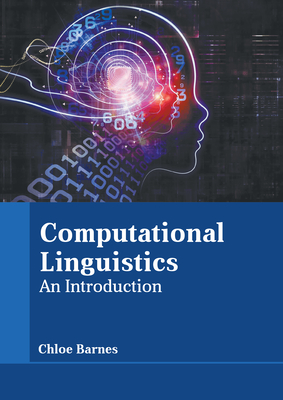From Word Types to Tokens and Back: A Survey of Approaches to Word Meaning Representation and Interpretation
IF 5.3
2区 计算机科学
Q2 COMPUTER SCIENCE, ARTIFICIAL INTELLIGENCE
引用次数: 7
Abstract
Vector-based word representation paradigms situate lexical meaning at different levels of abstraction. Distributional and static embedding models generate a single vector per word type, which is an aggregate across the instances of the word in a corpus. Contextual language models, on the contrary, directly capture the meaning of individual word instances. The goal of this survey is to provide an overview of word meaning representation methods, and of the strategies that have been proposed for improving the quality of the generated vectors. These often involve injecting external knowledge about lexical semantic relationships, or refining the vectors to describe different senses. The survey also covers recent approaches for obtaining word type-level representations from token-level ones, and for combining static and contextualized representations. Special focus is given to probing and interpretation studies aimed at discovering the lexical semantic knowledge that is encoded in contextualized representations. The challenges posed by this exploration have motivated the interest towards static embedding derivation from contextualized embeddings, and for methods aimed at improving the similarity estimates that can be drawn from the space of contextual language models.从字型到符号再到词型:词义表示与解释方法综述
基于向量的单词表示范式将词汇意义置于不同的抽象层次。分布式和静态嵌入模型为每个单词类型生成一个向量,该向量是语料库中单词实例的集合。相反,语境语言模型直接捕捉单个单词实例的含义。这项调查的目的是概述词义表示方法,以及为提高生成向量的质量而提出的策略。这些通常涉及注入关于词汇语义关系的外部知识,或者精炼向量来描述不同的感觉。该调查还涵盖了从表征级表征中获得词类型级表征以及将静态表征和上下文化表征相结合的最新方法。特别关注的是探究和解释研究,旨在发现语境化表征中编码的词汇语义知识。这一探索带来的挑战激发了人们对静态嵌入的兴趣,即从上下文嵌入中派生静态嵌入,以及对旨在改进上下文语言模型空间中的相似性估计的方法的兴趣。
本文章由计算机程序翻译,如有差异,请以英文原文为准。
求助全文
约1分钟内获得全文
求助全文
来源期刊

Computational Linguistics
工程技术-计算机:跨学科应用
CiteScore
15.80
自引率
0.00%
发文量
45
审稿时长
>12 weeks
期刊介绍:
Computational Linguistics, the longest-running publication dedicated solely to the computational and mathematical aspects of language and the design of natural language processing systems, provides university and industry linguists, computational linguists, AI and machine learning researchers, cognitive scientists, speech specialists, and philosophers with the latest insights into the computational aspects of language research.
 求助内容:
求助内容: 应助结果提醒方式:
应助结果提醒方式:


